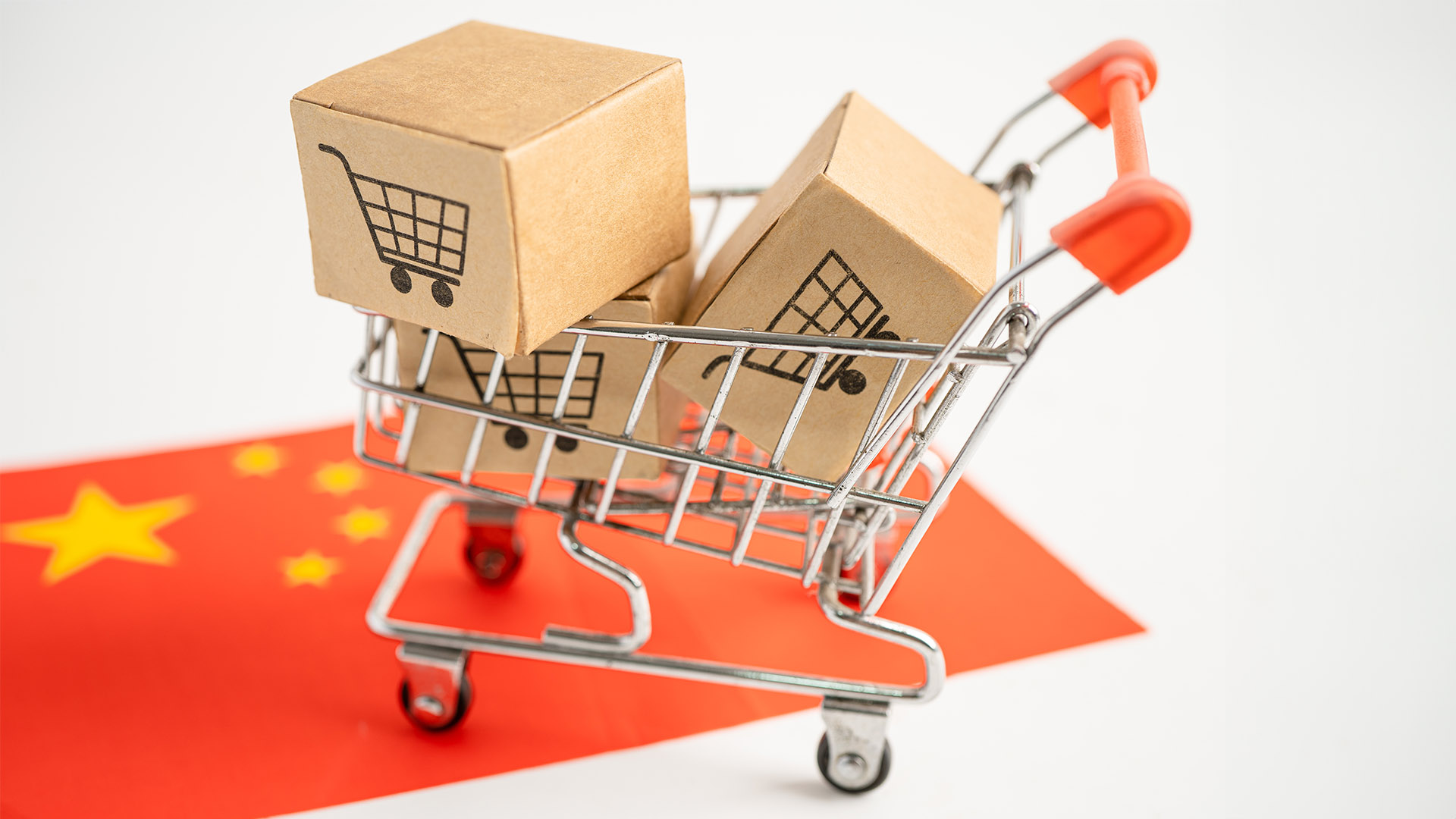Inflation continues to tiptoe its way back into the Chinese economy, but for that, the Chinese government can thank another surge in food prices, especially the volatile price of pork.
China’s National Bureau of Statistics reported that the annual inflation rate edged up to 0.6% in August 2024 from 0.5% in June, falling short of market forecasts of 0.7%. At the same time, producer prices fell more than expected, and the annual rate of growth in non-food prices slowed sharply.
This was the highest figure since February, marking the seventh straight month of consumer inflation, as Beijing continued its efforts to spur consumption. However, the figures tell us that all is not well in the wider economy.
The rise was misleading. In fact, underlying inflation at the consumer level is expected to return to deflation in the coming months.
Food prices saw the most significant increase in 19 months (2.8% vs a flat reading in July), driven by elevated pork prices, which surged 16.1% in August, while vegetable prices rose more than 21%, both due to floods and extreme heat across much of the country.
The real state of the economy was revealed in the weak outcome for non-food prices, which increased by just 0.2%, much slower than the previous 0.7% gain, as clothing prices slowed. Additionally, transport costs fell as oil and petrol prices eased.
Core consumer prices (after deducting food and energy costs) increased by 0.3%, the smallest rise since March 2021 (in the midst of the pandemic). On a monthly basis, the CPI rose by 0.4%, the second consecutive month of increase but lower than the consensus of 0.5%.
However, China's producer prices were also weaker than forecast last month, highlighting the lack of demand. The NBS reported that producer prices shrank by 1.8% year-on-year in August 2024, following a 0.8% drop the previous month, and worse than market forecasts of a 1.4% decline.
August marked the 23rd straight month of producer price deflation and the steepest decline since April, reflecting weak domestic demand despite the central government maintaining multiple support measures, including rate cuts, to boost consumption.
On a monthly basis, producer prices dropped by 0.7%, the steepest fall in 14 months, following a 0.2% decline in the previous two months. For the first eight months of 2024, producer prices were down 1.9%.
Meanwhile, in stark contrast to China, the Japanese economy experienced strong growth in the three months to June, as the second estimate, issued Monday, was almost as strong as the first set of figures from a month ago.
Thanks to solid consumer spending, the economy grew at an annual rate of 3.9%, just slightly lower than the 4.1% jump in the first estimate. Market expectations were for an annual growth rate of 3.2%.
Growth increased by 0.7% from the March quarter, when it fell by 0.6% and saw the economy contract at an annual rate of 2.4%.
The revised data confirmed that spending by both households and companies had recovered, although the results were revised slightly lower. Consumer spending increased by 0.9% from the previous quarter, compared with the 1.0% rise in the preliminary reading. Capital expenditure rose by 0.8%, compared with the initial estimate of a 0.9% increase.
Private consumption saw a solid rebound after spring wage negotiations resulted in an average pay raise of 5.17%, the highest in over thirty years. Business spending also increased, supported by the ongoing recovery in the automotive industry following scandals involving major automakers, such as Toyota. Additionally, government spending continued to grow.
This news prompted economists to revive their "Rate Rise Looms" headlines, with most forecasting a rate increase from the Bank of Japan by year’s end. However, no one expects an increase at next week’s central bank policy meeting.














